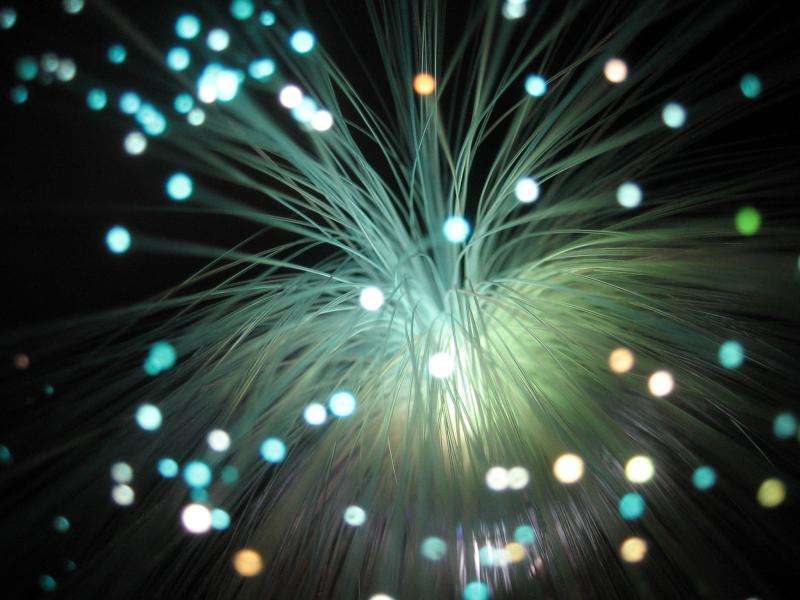Shedding light on rods

By using "unusual" optic fibres in a novel fashion, an international team of researchers led by the International School for Advanced Studies (SISSA) in Trieste, scrutinized the response to light of rods, the light-sensitive cells of the retina, and demonstrated that the intensity of response varies according to the region of the cell hit by the light. In addition to improving our understanding of the process that transforms light into an electrical nerve signal, the study also introduces a new experimental method that may have major future applications in optogenetics (control of gene expression with light). The study has just been published in Proceedings of the National Academy of Sciences
"Imagine a tiny spotlight like those used in theatres but with a light ray measuring only a few nanometres, which shines light on a given spot but leaves everything else in the dark," explains Monica Mazzolini, SISSA research scientist, "That's how the optic fibres we used in our experiment work". Mazzolini, first author of a paper just published in PNAS, literally shut herself in a "darkroom" lit with infrared light only to stimulate rods, the light-sensitive cells of the retina (for night vision), with these extremely focused light beams in vitro. In their study, Mazzolini and co-workers found that depending on the region of the cell being hit by the light, the electrical response of the nerve changes.
Rods are small cylindrical structures connected to the cell body, which gives rise to the axon, the projection from which electrical impulses travel towards the other neurons to become visual perception. The rod outer segment is made up of stacked discs each containing many types of proteins, in particular rhodopsin, a light-sensitive pigment. Mazzolini and colleagues saw that stimulating the tip of the rod produces a weaker response than stimulating the base, with a gradient of efficacy along the segment.
"The gradient is probably due to the fact that the discs making up the rod undergo constant renewal: discs at the tip are older and those at the base are newer", explains Vincent Torre, SISSA professor and study coordinator.
In addition to improving our understanding of the process of "transduction" of visual stimuli, that is, the transformation of light first into a biochemical process and finally into an electrical nerve potential, the paper introduces a new method and the innovative use of a material that may one day have extensive application in optogenetics.
"We combined a classic technique, "electro-suction" or suction of a single cell into the tip of a glass electrode, with the use of optic fibres" explains Mazzolini. The optic fibres we used are special: "Instead of the usual hollow fibres, we used tapered fibres that allow delivery of highly confined spots of light, as had never been done before".
This novel idea (for which a patent application has been filed) came by chance: "in fact, I was experimenting with several "raw" materials to finalise the details of the experimental set-up," Mazzolini tells us, "when I noticed a totally unexpected response from the cells. So we looked into the matter and discovered that we could use these fibres in a very advantageous way".
Using this material, the researchers were able to analyse in detail the response of rhodopsin, the pigment protein underlying vision, and phosphodiesterase, and for this reason they believe it can be useful in the field of optogenetics in the future. In optogenetics, gene expression is controlled with light pulses and so the optic fibres used by Mazzolini and colleagues could be used not only on proteins like rhodopsin but also on DNA. The study, developed within the EU-funded Focus project, was also carried out with the collaboration of Giuseppe Facchetti of SISSA.
More information: "The phototransduction machinery in the rod outer segment has a strong efficacy gradient" PNAS May 4, 2015 DOI: 10.1073/pnas.1423162112



















